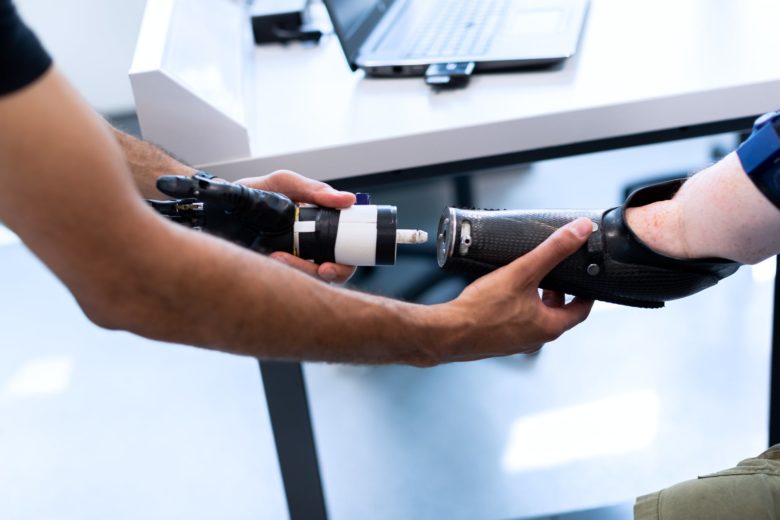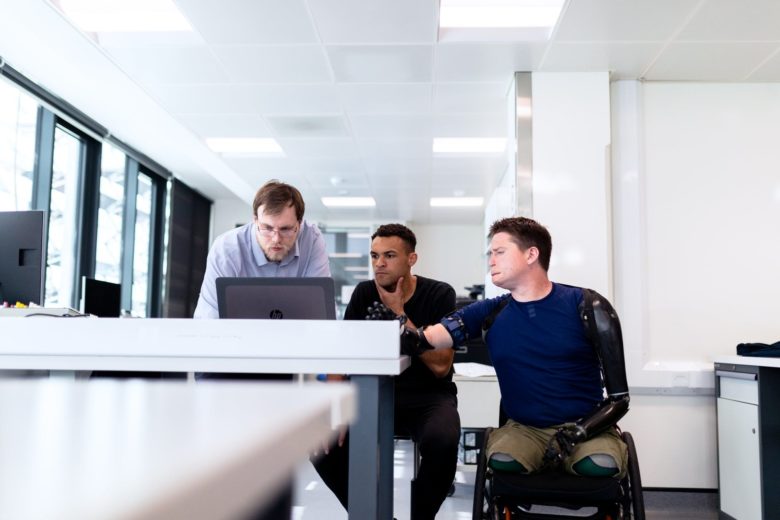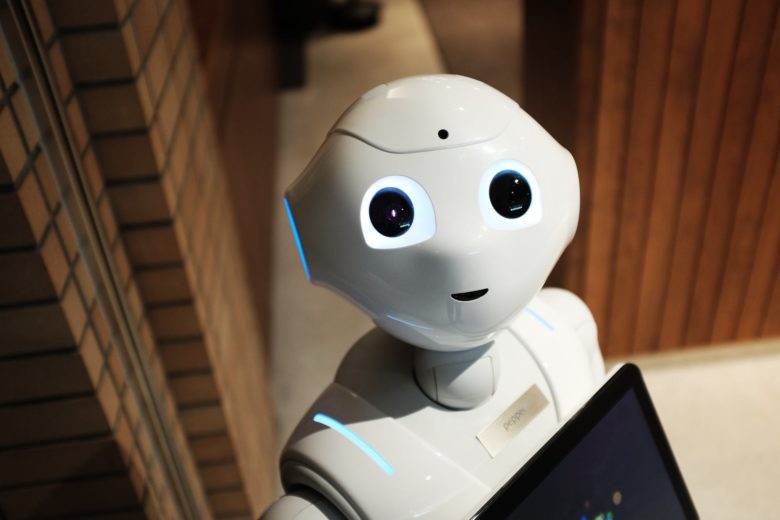Let us put it this way, the autonomous robots have had it with the restrictions of the laboratory environments and are ready to test their impacts in the real world. It is like their third-eye vision fully developed and gave them the realization that humans, more than ever, need them now. If this robotic prophetic context is correct, then their so-called robotic third-eye vision is on track due to several indisputable facts.
Firstly, more and more humans are on a migratory track towards the city because, as you are aware, living in the city makes you look cool. However, this sentiment is just the cover of a book with a bigger picture story. Secondly, cities are intertwined to create growing technologies that everyone wants to experience before their sunset.
So when you put cites and innovative technologies together as the needed ingredients without a recipe in mind, you will end up creating a crisp salad called easy-life. So what does easy-life do? Easy-life facilitates a coffee manipulator such as this one for the elderly or aging population that can no longer fix their perfect cup of coffee. Easy-life upgrades the poorly maintained infrastructures for better living and transport while ensuring the manufacturing industry continues to be productive through securing the needed energy supplies.

Img source: pexels.com
The only way for scientists to understand the logical mindset of robotics and autonomous robots is by observing their activity in such an urbanized environment. Because such robots are all-round physical, interactive, cognitive, and interconnected, their environmentally superiority complex never fails to show. Thus when put on an environment triggers their perceptive, planning, reasoning, and control towards their set actions.
Hence the technological conscious of these robots have a design criterion to feed on Big Data and make a connection to the IoT (Internet of Things). Thus the output of this process is a human lifestyle characterized by increased efficiency and accuracy.
However, these autonomous robots are useful to the controlled laboratory environments, and the dynamics of the outside urban test zones deny it an effortless dominance. The real-world experimentation of autonomous robots by world cities is an opportunity for both international investments and innovation. Thus cities around the world are competing to attract the attention of the autonomous robots as viable testbeds. However, the trial selection is not as easy as tossing a die as disputable challenges still suffice in line with RAS technologies and the surety of the success factor tied to city trials.
1. Last-Mile Logistics

Img source: pexels.com
With traffic congestion being a hindrance, the pressure on logistic companies to meet halfway the growing customer expectations is just a tip of the iceberg as timing this delivery becomes the main factor. Thus, to beat this time gap that is leading to avoidable circumstances, the last-mile delivery robots are unleashed.
The Alibaba announcement of their G-Plus bot is a pacesetter to this context. Its commercial operation only needs a consumer to have an app, make a grocery order, and pinpoint the delivery location. The driverless bot then transports the purchased items with the capability of carrying different package sizes. LINDAR technology powers its built-in navigation system through a bouncing-off light mechanism concerning nearby surfaces. This light mechanism maps the bots environment on a 360-degree 3D layout.
On reaching the delivery location at a maximum speed of 9.3 miles per hour, all that the target customer needs is a PIN Code to retrieve the requested order.
However, the known setbacks from such trials include navigation issues that lead to crashing or getting stuck, and the common obstacles are often people who are also against the innovative idea in the name of pedestrian safety and public space protection.
2. Self-Repairing Cities

Img source: pexels.com
The earthly bedding that covers the cities constitutes of cable networks and pipes that are millions of kilometers in length. Hence the source of vital energy, water, and drainage services. The thought of maintaining such aging and invisible infrastructures to the human eyes piles continuous pressure to the cities’ utilities companies. However, when the autonomous robots step into the fold, the infrastructure defects cannot escape their robotic eyesight. They can quickly identify and fix leaking pipes or manage physical overloading.
Streetlights maintenance can be the work of drones, autonomous inspection should be an assignment of flying vehicles, and the maintenance of utility pipes should be the objective of hybrid robots. They have the capability of navigating to where humans cannot reach and can never experience muscle fatigue. Thus their use promotes massive savings through reduced maintenance expenditure if its applicability has no geological restrictions.
3. Caring Robots

Img source: pexels.com
Active customer service, urban policing, and social care will come into fruition if the humanoid robots take the innovative wheel. A case example is an over a meter tall humanoid robot called Pepper.
The Japan-based robot has a presence in more than 140 SoftBank mobile-phone shops. It greets and advises customers and, at the same time, carrying out employment meetings. The robot ca study human emotion and thus knows how to approach every situation. Their ability to meet the care needs of an individual makes them a candidate for personal companions.
With statistics in the UK alone predicting the need for an additional 700,000 care workers before 2030, the care homes pressure truly needs the helping hands of robots. Thus the presence of robots will ensure that the elderly will no longer need to vacate to care home to meet their needs.
Through smart appliances and memory games, they will be able to connect better with their family and also be entertained through memory games. They will be useful in physical tasks and patient monitoring, but human sensitivities through emotional connection continue to be out of their reach.
If was once a fantasy to have autonomous robots in our world. Now they are demanding a welcoming round of applause. Thus the ‘Urban Living Labs’ is the most effective gateway to welcome their presence. However, their co-existence with us calls for policies and standards to be in place as a human rights protection measure and a guard to the social inequalities that continue to widen.




